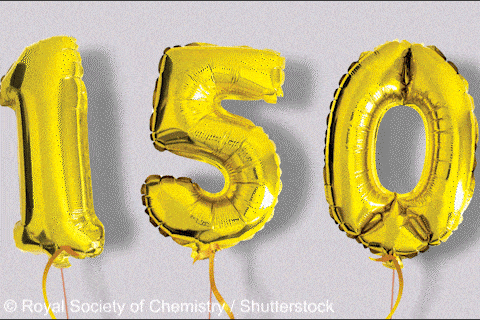High precision analysis of 46 years of air samples has confirmed that atmospheric helium levels are increasing. This work provides a new metric by which to measure global natural gas use, whilst also raising interesting questions about a potentially undiscovered source of the rare and valuable 3He isotope.
Radioactive decay of the f block elements uranium and thorium releases 4He, which becomes trapped in the Earth’s crust with natural gas. Subsequent extraction and combustion of these fossil fuel reserves releases this helium isotope but historically, efforts to measure changes in the concentration of atmospheric helium have proven challenging owing to the low natural abundance of this gas.
Using mass spectrometry, a team surrounding Benjamin Birner and Ralph Keeling at the Scripps Institution of Oceanography in the US has been able to accurately quantify atmospheric helium for the first time by comparing levels of the 4He isotope with nitrogen. As nitrogen levels in the atmosphere remain constant, any change in the 4He/N2 ratio corresponds to a change in helium isotope levels. Analysis of 46 air samples collected between 1974 and 2020 revealed a startling rate of increase, greatly surpassing expected natural variations and strongly suggesting an anthropogenic origin.
However, previous studies have demonstrated that the ratio of the helium isotopes 3He and 4He has remained constant over this same period, meaning a corresponding increase in atmospheric 3He must be occurring undetected. The Scripps team notes that these results present a major puzzle, which could prompt a global search for these missing 3He sources. ‘The implications are far from clear, but it begs additional work,’ Keeling said in a statement.
References
B Birner et al, Nat. Geosci., 2022, 15, 346 (DOI: 10.1038/s41561-022-00932-3)












2 readers' comments